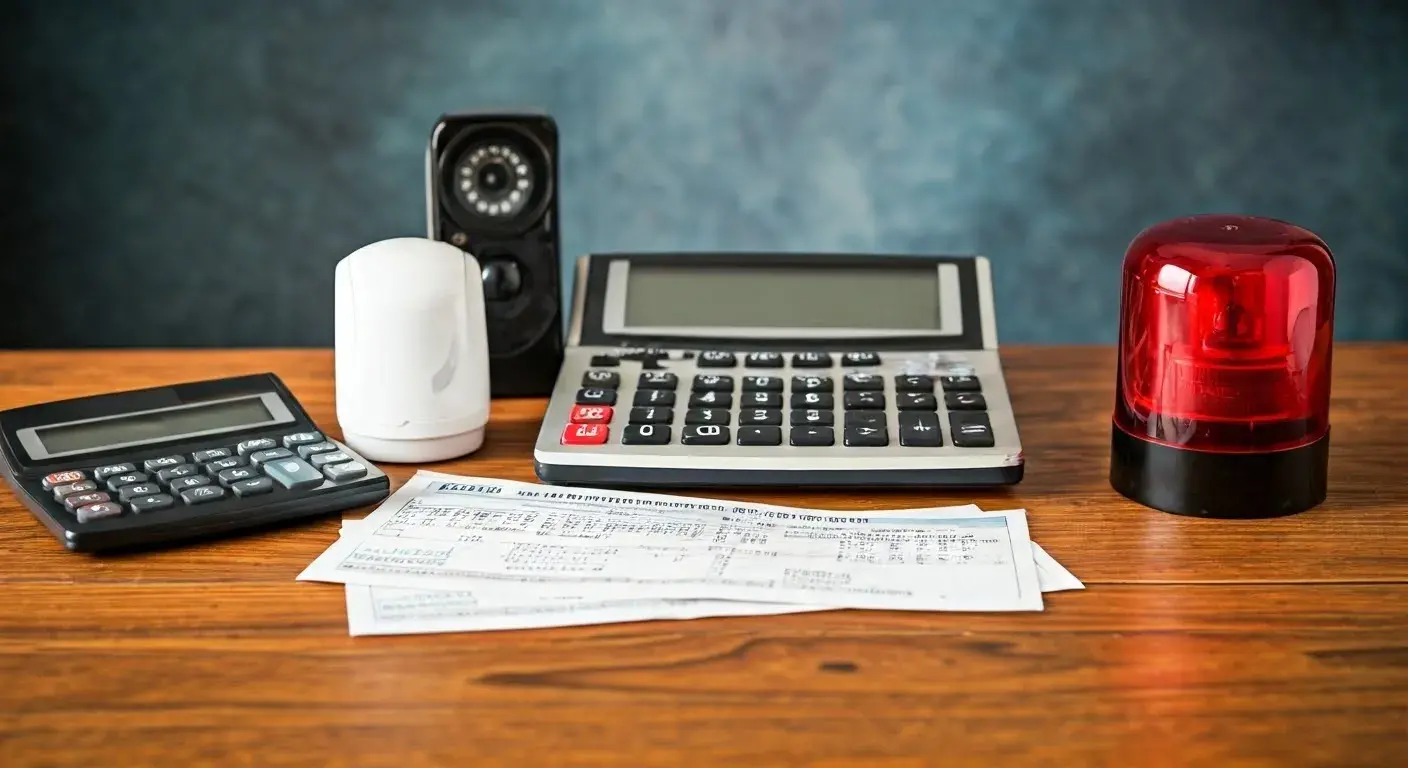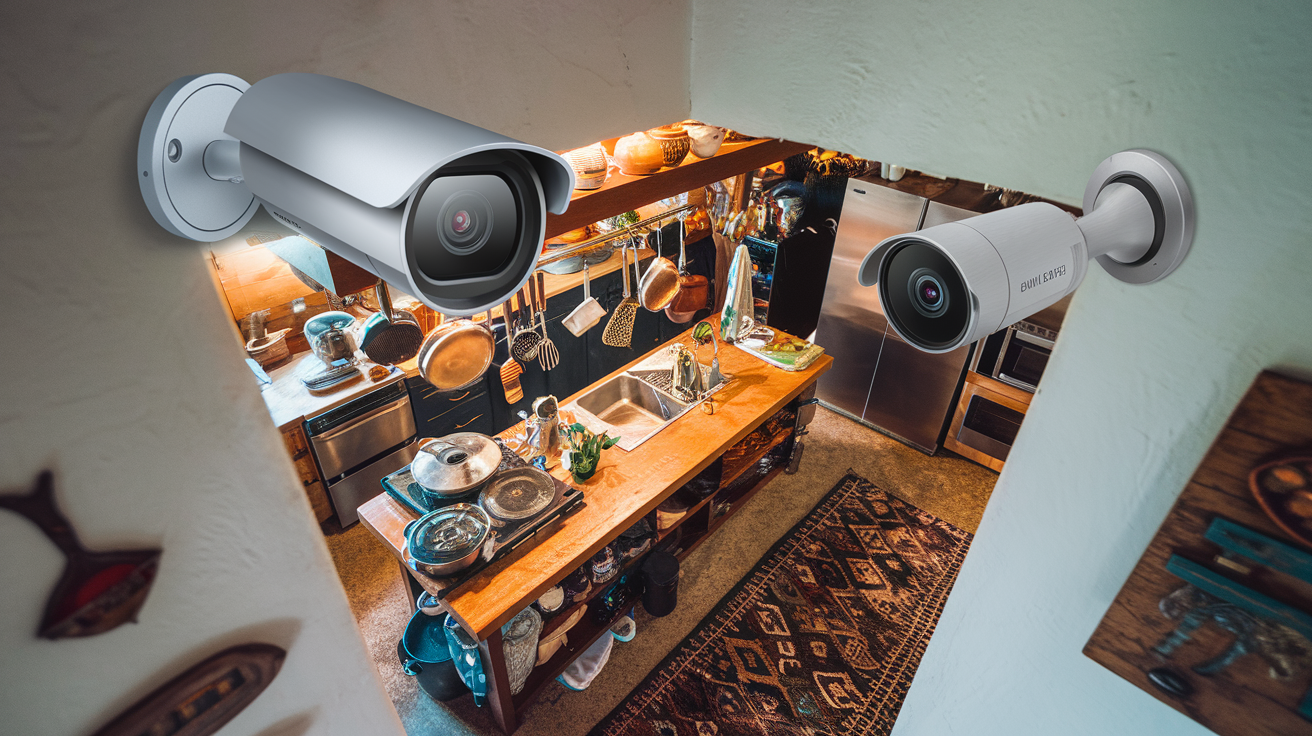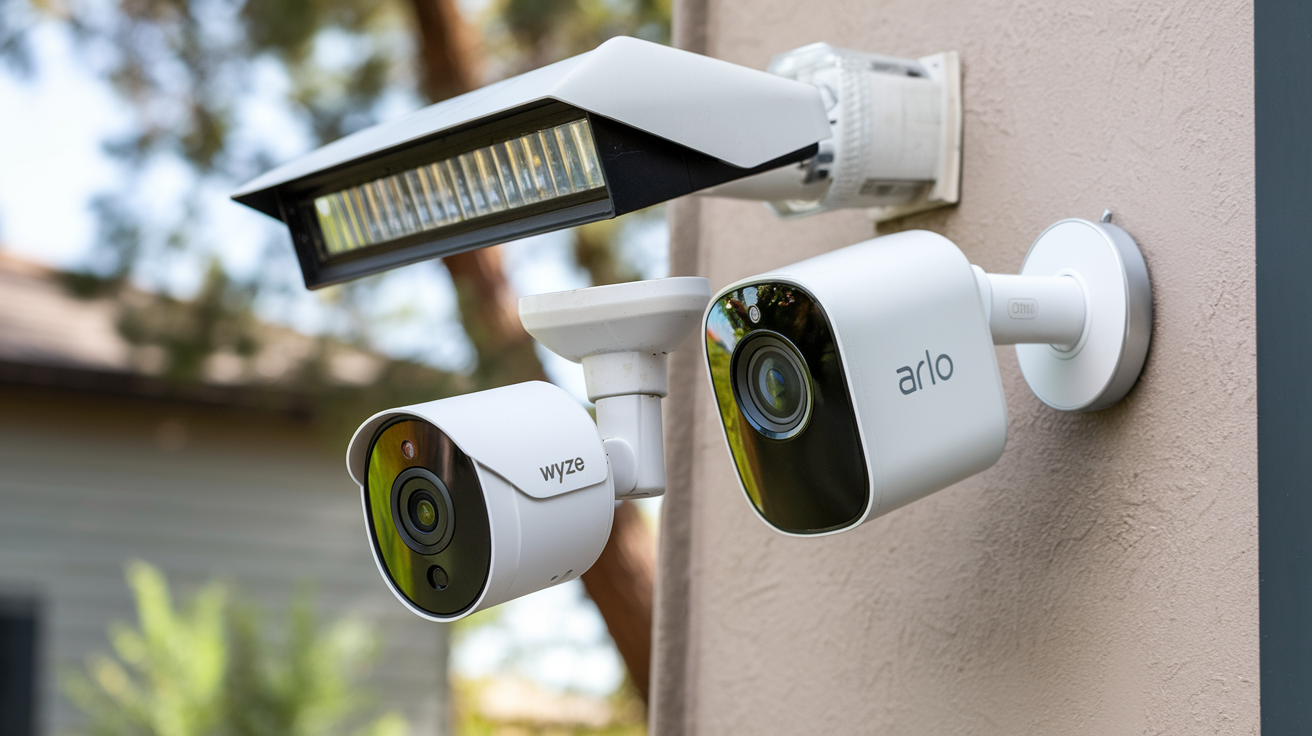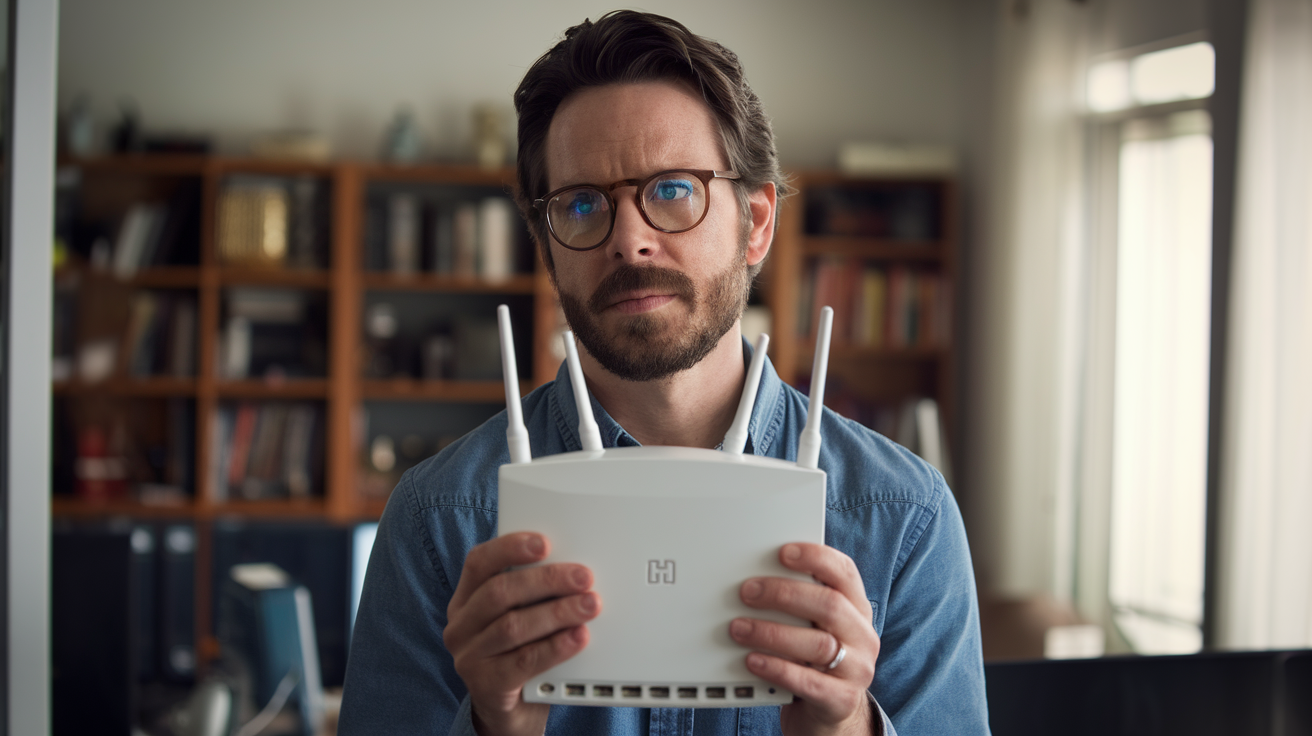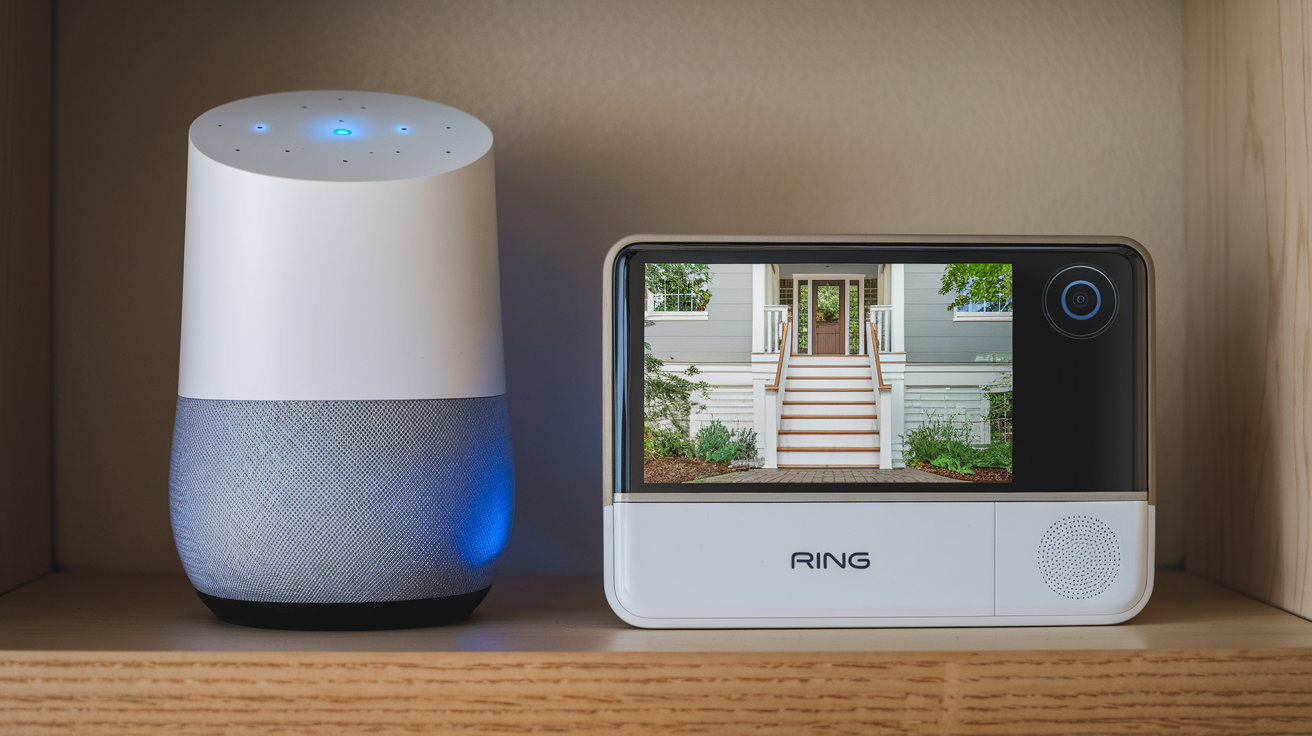In today’s busy world, keeping your home and family safe is more important than ever. Home security systems give you peace of mind and protect your most valued belongings. Knowing the costs linked to home security is important for budget planning and decision-making. From the first expenses to monthly monitoring fees, different factors affect the overall cost of setting up and keeping a reliable security system. Let’s look at the main things that change how much home security will cost. This will help you make smart choices to protect your family and property.
Key Factors Influencing Home Security Costs
It is important to know the main factors that affect home security system cost. The type of security system, security equipment you need, and monitoring services all are key parts of the total cost for keeping your home safe. Also, deciding between professional installation and setting it up yourself can change the costs. By thinking about these factors, you can plan your budget well. This way, you can choose a home security solution that fits your needs without spending too much.
Types of Home Security Systems
When you think about home security systems, there are many options to pick from, including the Google Nest Hub Max and the Google Nest Cam. Some of the popular types are traditional alarm systems, video doorbells, security cameras, and smart home security systems.
Traditional alarm systems are trustworthy. They usually come with motion sensors and window sensors. Video doorbells let you see live video of your front door. Security cameras provide ongoing video recording and give you video monitoring around your property, helping to prevent false alarms. Smart home security systems work with home automation features. They offer more convenience and security.
Each type has different features that can meet your specific security needs.
Equipment and Technology Needs
To keep your home safe, a security system includes different parts. and pieces of equipment. These parts are security cameras, motion sensors, door and window sensors, a base station, and a control panel. If you want additional features, think about smart home integration. This means adding smart lights, video doorbells, and smart locks. These tools not only improve your home's security but also make things easier and bring you peace of mind. When you decide what equipment you need, focus on how well it works and if it matches your current setup. This way, you can create a complete home security system that meets your needs.
Initial Expenses vs. Ongoing Costs
When you think about the cost of a home security system, it's important to know the difference between one-time costs and ongoing costs. One-time costs usually include the money paid for equipment and installation. Ongoing costs, however, are the monthly fees paid for professional monitoring services. One of the ongoing cost options includes Ring Protect Pro, which provides essential professional monitoring. The one-time costs are for setting everything up, while ongoing costs happen every month and help keep your home security in good shape. Knowing this difference can help you plan your budget for both the setup and the ongoing use of your security system.
Upfront Costs Explained
When you invest in a home security system, the upfront costs are very important. These costs usually cover the price of the equipment, installation fees, and activation costs. The equipment upfront may include security cameras, motion sensors, or a control panel. If you choose professional installation, there may be extra charges, but it helps to set everything up correctly. Activation fees might also be required to start the monitoring service. Knowing these upfront costs is vital for budgeting and planning your home security so there are no surprises later.
Monthly Monitoring Fees
When you think about home security costs, monthly monitoring fees are very important. These fees usually go from $20 to $50. The exact cost depends on the security company and the type of monitoring service you choose. Monthly fees pay for 24/7 monitoring by trained professionals. This means they can respond quickly to any alerts or emergencies. You should remember to include these ongoing costs when planning your home security system. They add up to the total cost of keeping your home safe and giving you peace of mind.
Price Comparison of Popular Home Security Brands
When you think about home security brands, price is very important. Let’s look at a quick price comparison of some popular choices. This will help you make a good decision. Some brands offer high-end security systems, while others focus on budget-friendly options. Each brand has different features at various prices. Knowing how much each brand costs is vital to choose a security system that matches your budget and security needs. By checking what different brands offer, you can find the right balance between cost and functionality.
Brand A: High-End Security Solutions
For people who want the best home security system, Brand A has top solutions using the latest technology. Their high-quality security systems include features like video monitoring, smart home integration, and professional monitoring to ensure peace of mind. Although the upfront cost may be more, the quality and reliability of Brand A's products make them a popular choice for those who want exceptional security. If you want to protect your home with the newest innovations, Brand A's offerings are a great choice.
Brand B: Mid-Range Options
With mid-range home security brands, you can find a good balance between price and quality. These options usually come with many features, like motion sensors, door/window sensors, and mobile app integration. While they may not include all the extra features of high-end products, mid-range brands still give you reliable security at a better price. Search for brands that provide professional monitoring services and simple-to-use equipment. This way, you can have a complete security system without spending too much money.
Brand C: Budget-Friendly Picks
If you want affordable home security options, Brand C is a great pick. They offer budget-friendly solutions that do not cut corners on quality. Brand C has many security systems to meet different needs. With their low-cost packages and dependable equipment, you can boost your home's security without spending too much money. Think about Brand C for a cost-effective and smart way to protect your family and home. You can stick to your budget and still enjoy the peace of mind that a good home security system brings.
Installation: DIY vs. Professional
When thinking about installing a home security system, homeowners usually consider two choices: DIY installation and professional installation. DIY installation can save money. However, it needs some technical skills. In contrast, professional installation gives you convenience. You can also be sure that the system is installed properly. Knowing the differences between DIY and professional installation helps homeowners choose what fits their needs. This way, they can be sure their security system will work well and keep them safe.
Pros and Cons of DIY Installation
DIY installations help you save money and give you more choices as a tech-savvy homeowner. You can choose where to place things, like a door sensor, and what parts to use without needing to call professionals. But there are some downsides. You might make mistakes, which could lead to your system not working well or being less safe. If you don’t have a pro to help, it might take you longer to set up and solve any problems, which can affect your home security. Think about how comfortable you are with technology and how much time you can spend on installation when you choose between DIY and professional installation for your home security system.
When to Choose Professional Installation
Think about choosing professional installation if you are handling complex security systems or if you don't have the skills for a do-it-yourself setup. Professional installers make sure the sensors and cameras are placed right. This reduces blind spots and improves the system's overall efficiency. They have the experience to bring all parts together, making your home security system work better. Using professional installation also gives you confidence that the system is set up correctly. This way, it will work well when you need it, giving you peace of mind about your home's safety.
Enhancing Your System with Smart Home Integration
Embrace a complete way to improve your home security by adding smart home equipment features. You can upgrade your system with smart devices that make things easier and safer. These can include smart lights and automated locks. They not only strengthen your security but also give you more control. By using smart home integration, you can make your security setup better. It combines new technology with protection. Connect your devices to build a strong security network that fits your needs easily. Enjoy more peace of mind with smart home integration.
Cost Implications of Smart Home Features
When you think about adding smart home features to your security system, it’s important to know the costs involved. Using smart devices like smart lights, cameras, and motion sensors can make your home safer, but they might also cost more. Smart home automation can make things easier and help you keep an eye on your home better. However, you should plan for the initial setup costs and any regular fees for keeping or upgrading these features. Focus on smart home investments that fit your security needs and budget. This way, you can make the most of your home security system.
Popular Smart Devices for Security Systems
Smart home security systems have many popular devices to improve your home’s safety. Some of these devices include security cameras, door and window sensors, motion detectors, and video doorbells. These smart devices work well with your security system. They give real-time alerts and allow you to monitor your home. You can access and control them through mobile apps. Smart lights can be added for better security. Voice-controlled assistants are also helpful. These devices provide complete protection and peace of mind for your family. Choosing the right devices can make your home security much stronger.
Hidden Costs in Home Security
Maintenance and repair costs are often ignored when considering home security. Contractual obligations and cancellation fees can also catch homeowners off guard. These unexpected costs can affect the overall cost of a home security system. It is important to include these hidden expenses when planning your budget for home security. This way, you can fully understand the total investment needed to keep your living environment safe and secure.
Maintenance and Repair Expenses
Regular maintenance of your home security system is very important for it to work well. Think about the possible repair costs for parts like security cameras, sensors, or control panels. Fixing problems quickly can stop bigger and more expensive issues later. Keep in mind how long your equipment will last and any warranty that might cover you when planning for maintenance and repairs. By taking action to keep the system in good shape, you can help it last longer and avoid surprise costs. Remember, a well-kept system offers reliable protection for your home and loved ones.
Contractual Obligations and Cancellation Fees
One important thing to think about when choosing a home security system is the contract details and possible cancellation fees. These rules can change from company to company. It’s crucial to look at them before you sign up. Some providers may ask you to commit for a minimum amount of time. If you want to cancel early, you might have to pay a fee. Knowing this information can help you avoid surprise costs later. It will also guide you in deciding how long you want your security service. Always check the fine print to stay aware of what you’re agreeing to.
Maximizing Your Investment in Home Security
When you think about home security investments, it's important to get the best value. To do this, make sure your security system meets your specific needs. Begin by checking your property closely. Find the areas that are most at risk and invest in solutions that target those spots. Look into various security providers to compare prices and services. This will help you find the best option for your budget. Also, think about adding smart home integration. This upgrade can offer you more convenience and better security features. By customizing your security setup, you will improve protection and manage your costs well.
Tips for Reducing Costs Without Compromising Safety
Think about doing the DIY installation. This can help you save on professional fees. Search for security companies that give free equipment upfront or have discounted packages. Try to avoid extra add-ons and focus on what you really need. Compare monitoring plans to get the best value for your money, and ensure that these plans include monitoring for carbon monoxide safety. Also, look for discounts and deals from security providers. Make sure your system fits your home's needs so you do not spend too much. Focus on alarms and sensors in important areas to get good coverage without spending a lot. Always keep safety as your main goal. Make smart choices to balance cost and security well.
Leveraging Discounts and Deals
Using discounts and deals can greatly lower your home security costs. Many security companies have special promotions, discounts for using multiple services together, or seasonal offers that can make a big difference in how much you pay. Look for special deals on equipment packages, free installation, or cheaper monthly monitoring plans. By being careful and smart about your choices, you can save money while still having a good home security system. Taking advantage of discounts and deals helps you get the best value for your home security investment.
Conclusion
Investing in a home security system is important. It helps protect your property and keeps your loved ones safe. To find a professionally monitored system that fits your needs and budget, you should know the key factors that affect costs and compare different brands. You can choose a DIY setup or go for professional installation. Focus on features that improve your system’s effectiveness. To get the most out of your investment, think about costs while also looking for discounts and smart home integration. This adds convenience and security. Always make safety and peace of mind a priority while staying within your budget.
